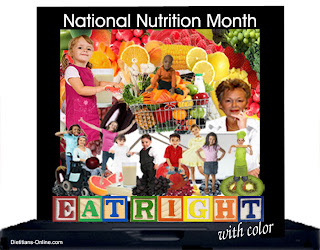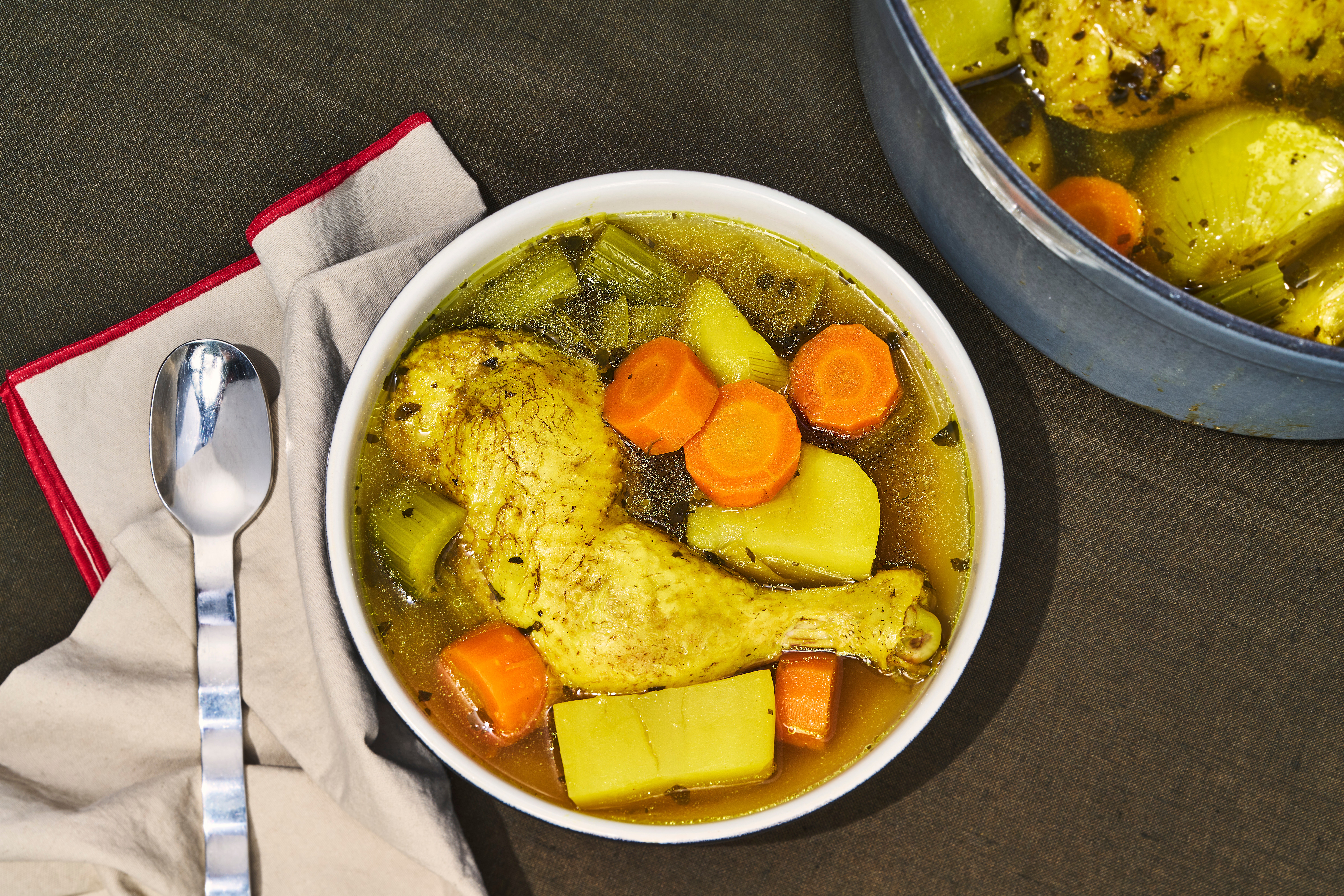Purple and Blue Foods
Recipe
by Justine Kelly, Sun Basket
Nutrition Profile by @DietitianOnline
The purple sweet potato recipe is easy to make, rich in flavor, deliciousness, and healthy.
Author: Justine Kelly, Sun Basket
Author: Justine Kelly, Sun Basket
Serves: 2 servings
INGREDIENTS
1 lb. purple sweet potatoes
½ pound cremini mushrooms (baby bella or baby portobello)
2 sprigs fresh rosemary
2 tbs. olive oil
salt and pepper to taste
½ tsp. minced garlic (optional)
Get Ingredients Powered by Chicory
INSTRUCTIONS
Preheat oven to 400 degrees F.
Slice sweet potatoes into ½-inch thick wedges or cubes.
Slice mushrooms in half, or you can leave them whole if small.
Strip rosemary leaves from their stems and finely chop.
Combine potatoes, mushrooms, rosemary, olive oil, salt + pepper, and garlic in a mixing bowl.
Place mixture on a sheet pan, and roast in the oven for about 25-30 minutes; stir once halfway through cooking time.
Food Sources
Blue Grapes, Blue and Purple Potatoes, Blueberries, Dried Plums, Plums, Eggplant, Pomegranates, Elderberries, Juniper Berries, Purple Belgian Endive, Purple Cabbage, Purple Figs
Do you know other foods rich in blue or purple?
About Blue and Purple Foods
Blue and Purple fruits and vegetables get their color from a natural plant pigment called anthocyanins. Anthocyanins are antioxidants and belong to the phytochemicals called flavonoids. Anthocyanins are found in blueberries, grapes, and raisins.
Anthocyanins have health-promoting benefits, such as:
· Reduces the risk of heart disease and stroke.
· May reverse the short-term memory loss associated with aging.
· Reduces the risk of several types of cancer.
· Protects the urinary tract from infections.
· May help control high blood pressure
· May help boost the immune system.
· Protects our cells from environmental damage (harmful free radicals)
Ways to Increase Blue and Purple Food Intake:
Add blueberries to muffins, pancakes, and hot or cold cereals.
Grab some plums or raisins for a snack on the go.
Use Purple Belgian Endive as the main ingredient in a salad
Use Purple Cabbage when preparing coleslaw.
Definitions
Phytonutrients (or phytochemicals) are found in plants and are part of what gives fruits and vegetables their colors. They help protect plants from diseases found in the environment and protect us in a similar way. Studies have linked an increase in fruit and vegetable intake with lowering the risk of specific cancers and heart disease. The following list describes how phytonutrients may also help protect human health.
1. Act as an antioxidant.
2. Improves immune response.
3. Improves cell-to-cell communication.
4. Destroys cancer cells.
5. Repairs DNA damage caused by toxins in the environment.
Antioxidants. As the body uses oxygen, there are by-products (known as “free radicals”) that can cause damage to cells. Antioxidants can prevent or slow down the damage caused by these free radicals and decrease the risk of many chronic diseases, such as heart disease and cancer. Antioxidants may also improve the immune defense and lower the risk of infection. Some examples of antioxidants include vitamin A (beta-carotene), vitamin C, vitamin E, lutein, lycopene, and flavonoids.
Wellness News employs young adults with "Special Needs" (Cerebral Palsy, Autism, Down Syndrome, Muscular Dystrophy). My staff started the project in September 2010. Over the next five months, we took over 600 photographs of colorful foods to create the March presentation for NNM. Many of the photographs are available for purchase, with the proceeds going to special-needs young adults. Contact Dr. Sandra Frank for additional information (recipenews@gmail.com).
Prepared by
http://www.dietitians-online.com/
http://www.weighing-success.com/
Wellness News (www.weighing-success.com/WellnessNews.html)
Sandra Frank, Ed.D, RDN, FAND
Jake Frank
http://www.dietitians-online.com/
http://www.weighing-success.com/
Wellness News (www.weighing-success.com/WellnessNews.html)
Sandra Frank, Ed.D, RDN, FAND
Jake Frank






























